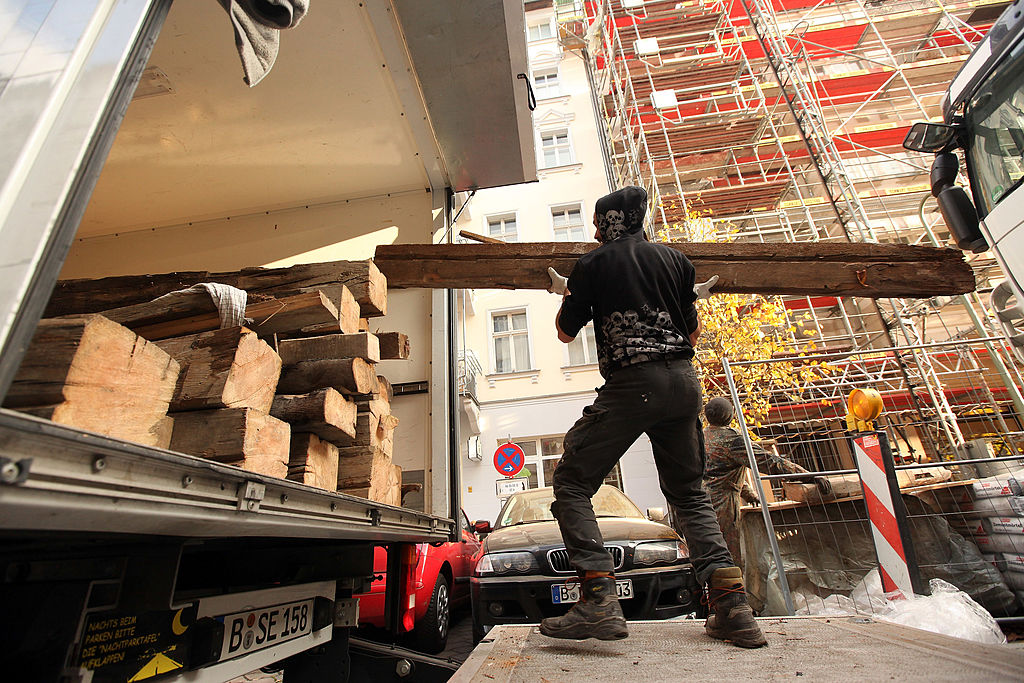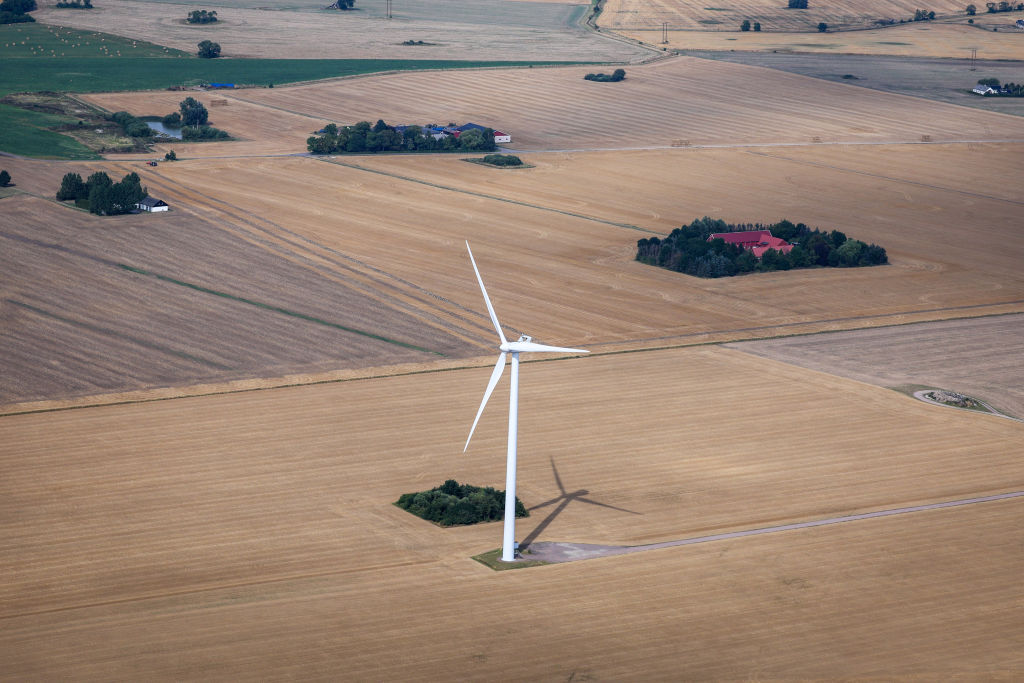Two broken wind turbines in Schünow (Brandenburg), Germany, that have been standing idle for several years, are to be listed as protected structures.
With the move, the owners avoid paying a hefty sum for dismantling obsolete, decommissioned windmills.
A wind power consultant suggested placing them under monument protection because they were part of the first wind farm in Brandenburg.
Surprising many, local government officials agreed.
Brandenburg’s leader of the Free Voters party, Peter Vida, said he was dismayed by the decision.
“If the example sets a precedent, broken wind turbines will soon be disfiguring the country everywhere!” he said.
The two turbines were installed in 1992 and reached the end of their life cycle a few years ago.
At the time of their instalment, the mills, 38-metre-high with a rotor diameter of 33 metres, symbolised the beginning of the national energy transition.
Now, just 30 years later, they are effectively useless, with Bild reporting that the generators and covers are defective and that spare parts are missing.
Given the expense of repair and maintenance, using the mills to produce energy no longer makes much sense.
In Germany, wind turbines have an average service life of 20 to 25 years.
During this period, operators usually receive a guaranteed feed-in tariff under the Renewable Energy Sources Act (EEG).
Once this is over, windmills generally are no longer profitable.
According to the Brandenburg Ministry of Economic Affairs, the subsidy under the EEG will expire this year for 231 plants that were put into operation in 2005, German TV news programme Tagesschau reported.
Without subsidies, only a few options remain for such windmills: decommissioning; a new but less lucrative electricity supply contract; and costly modernisation or sale.
The two windmills, together with another dozen elsewhere, were inherited by the family of Jürgen Weinrich, who built them in 1992.
The Weinrich family then founded the WindKraftArche association, which hopes to repair and maintain the wind turbines to bring them back into operation.
Consultant Christian Busse pitched the two Schünow windmills as belonging to the first surviving wind farm in Brandenburg.
“We don’t just want to put scrap metal under monument protection,” he said during an interview.
“We expect to get a plant back on the grid this year. That’s why we founded this association with industry experts, with technical experts, with operators, with long-standing experts, to really ensure that the plants are well looked after and will run again.”
While the mills may be able to produce electricity again in future, in the meantime, they could be used by university students working on renewable energies, Busse claimed.
Schünow’s mayor Regina Pankrath is not convinced by these arguments. “The only point that can be seen in this is that the operators save themselves massive dismantling costs,” she said.
Pankrath wants to inspect the files at the State Office for the Preservation of Monuments and is threatening to file a lawsuit against the decision.
Interviewed by German media, local residents also showed disapproval.
“This is not a monument for me. That’s rubbish! For me, monuments are ancient tools or buildings that really have a few centuries on them, but not this. We have thousands of them,” one said.
Another woman showed more understanding but wanted the citizens of Schünow to have a say because the mills are close to residential areas.
“So close that no new wind turbines are allowed to be built here,” Tagesschau noted, adding that many residents want the mills to be demolished entirely.
Viviane Taubert of the Brandenburg State Monuments Office said: “The decisive criterion for placing these wind turbines under monument protection was, among other things, that we have not yet protected any type of these wind turbines in Brandenburg.
“These wind turbines have now been placed under protection, although they may not be primarily beautiful in the eye of the beholder.
“But they are technically very important and therefore also relevant for the development of this technology for mankind.”





